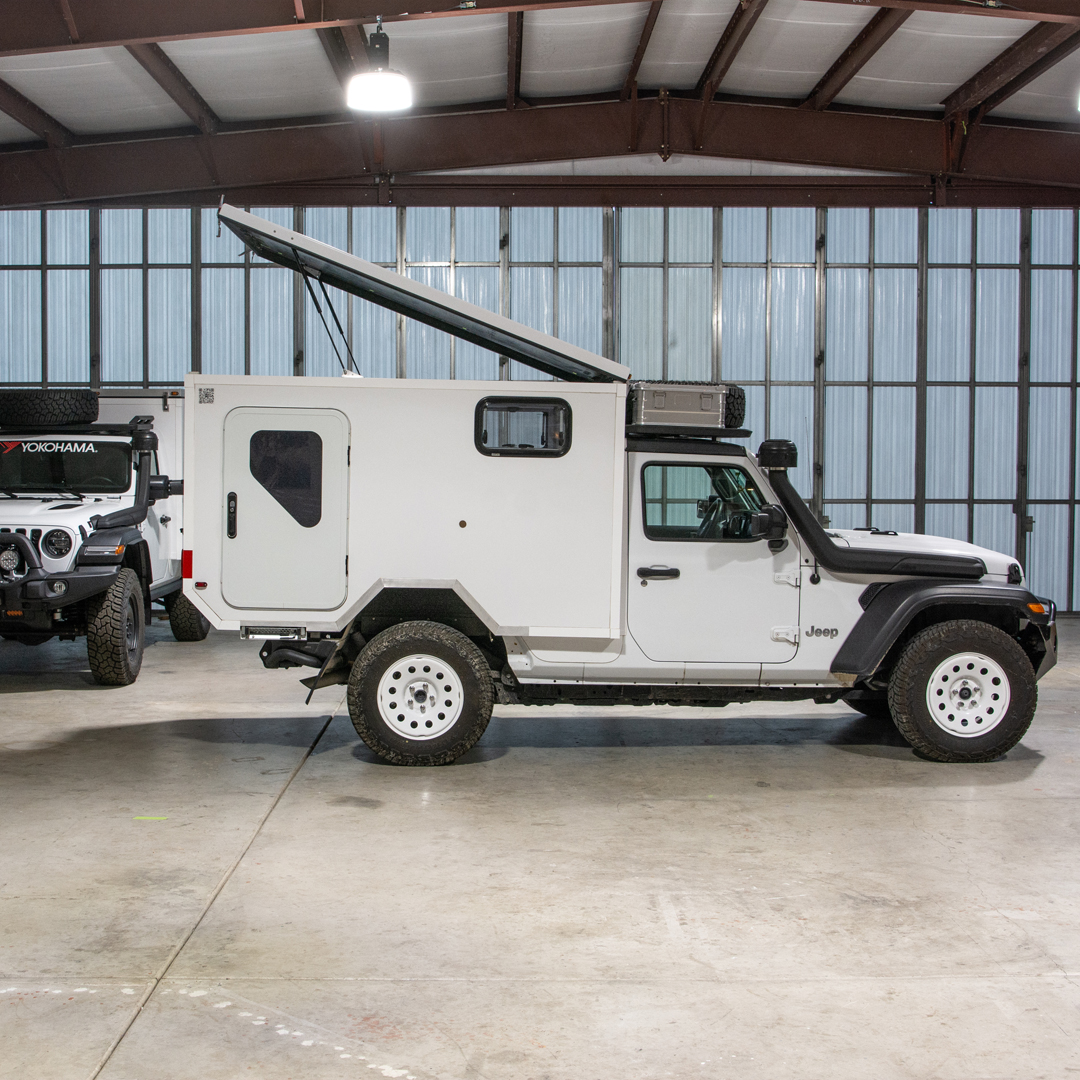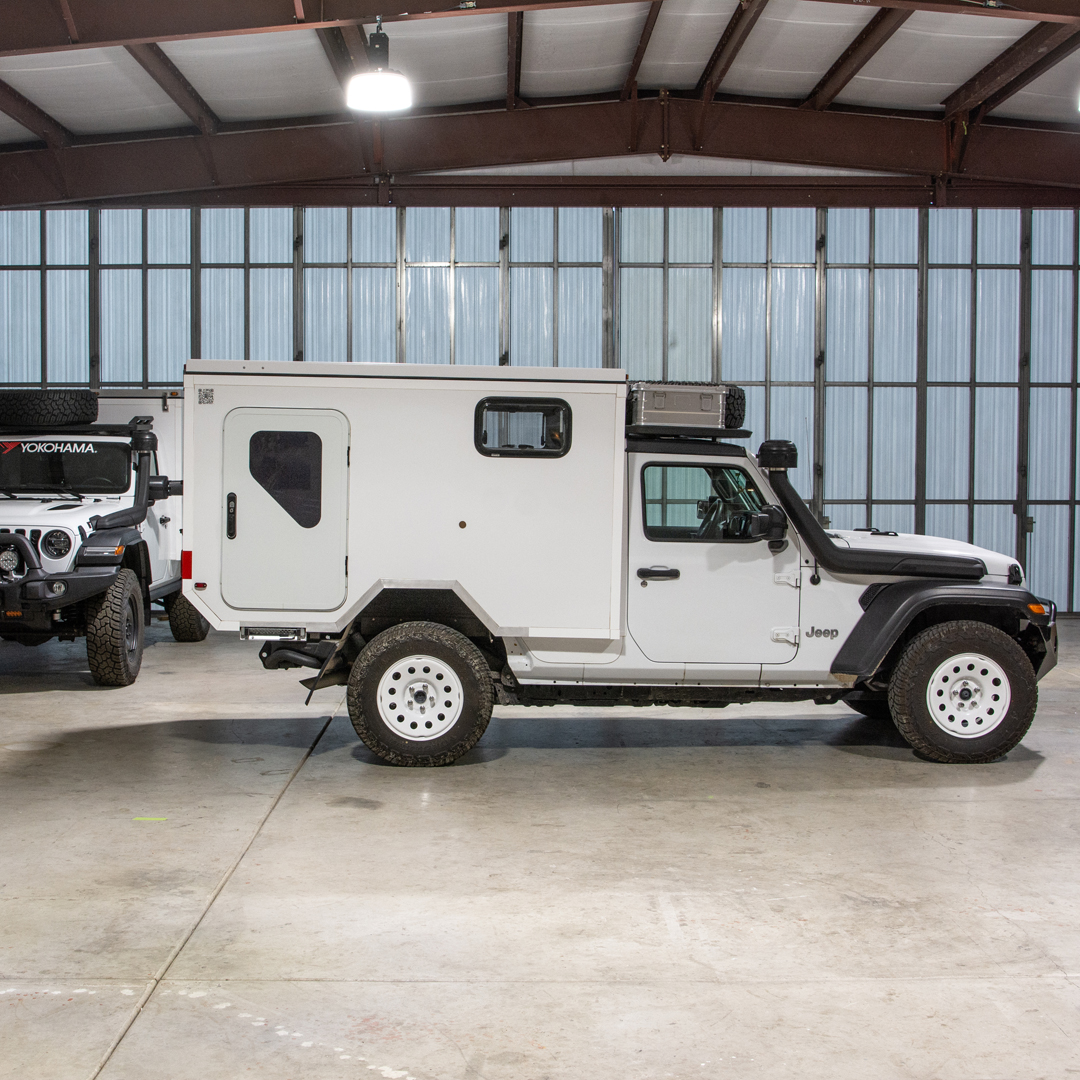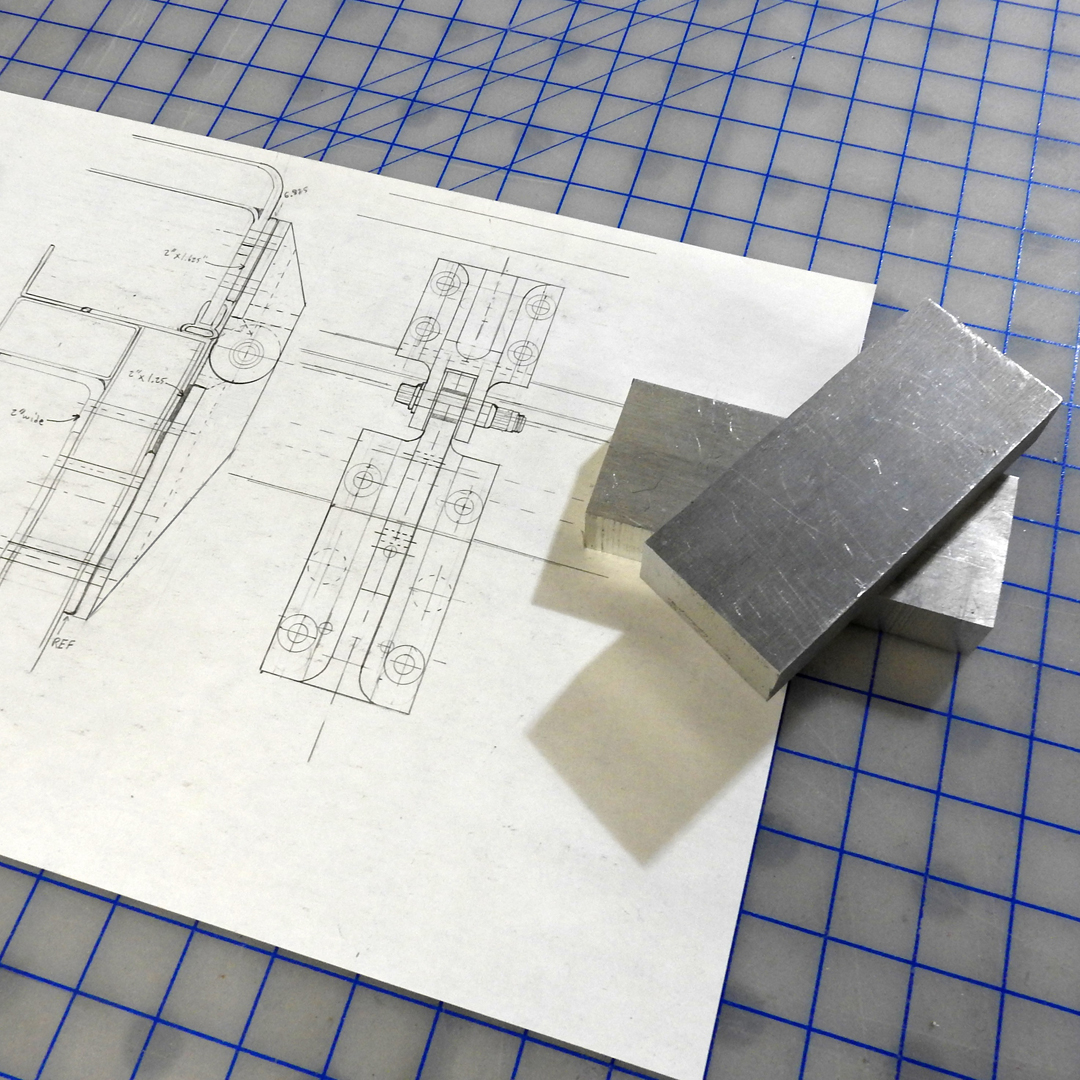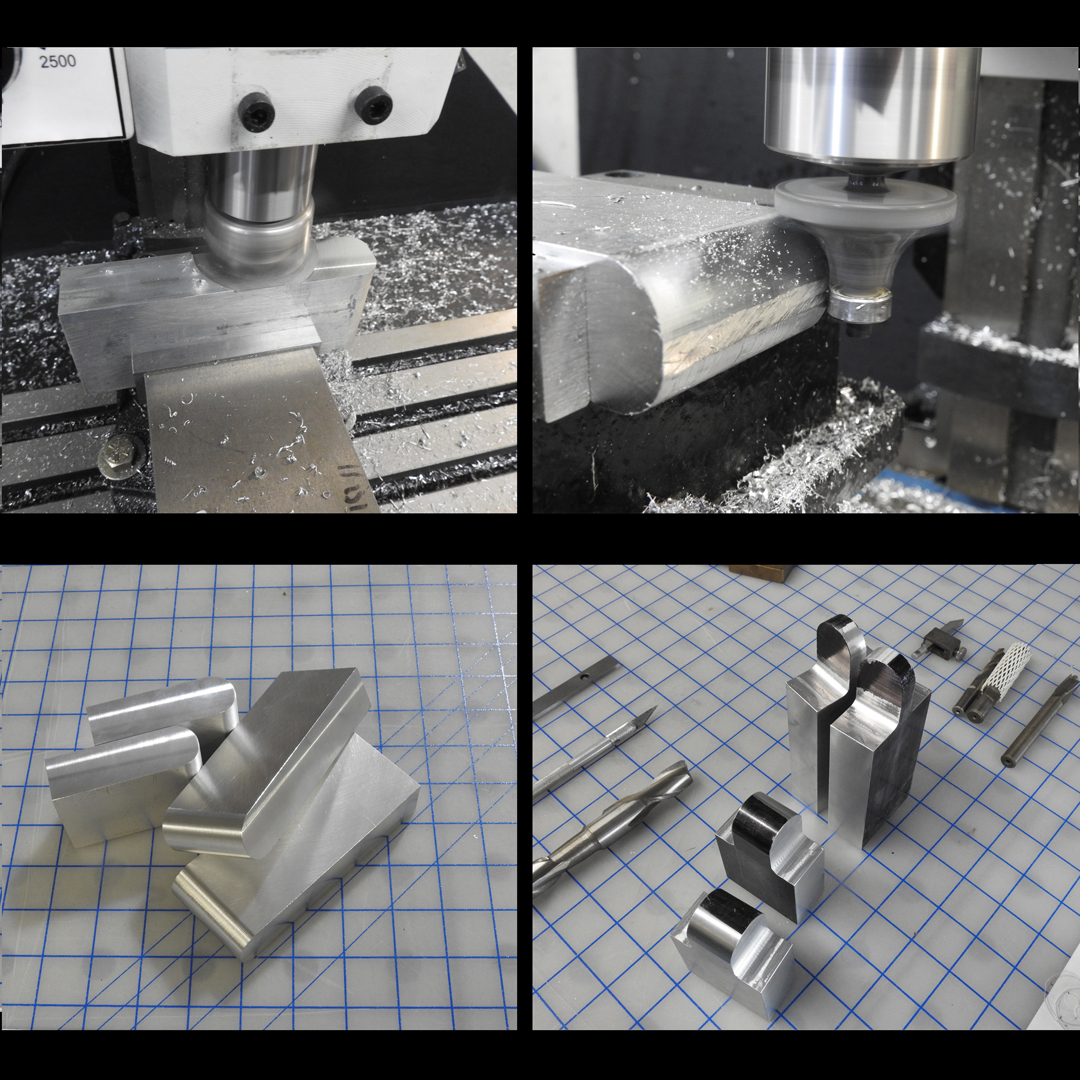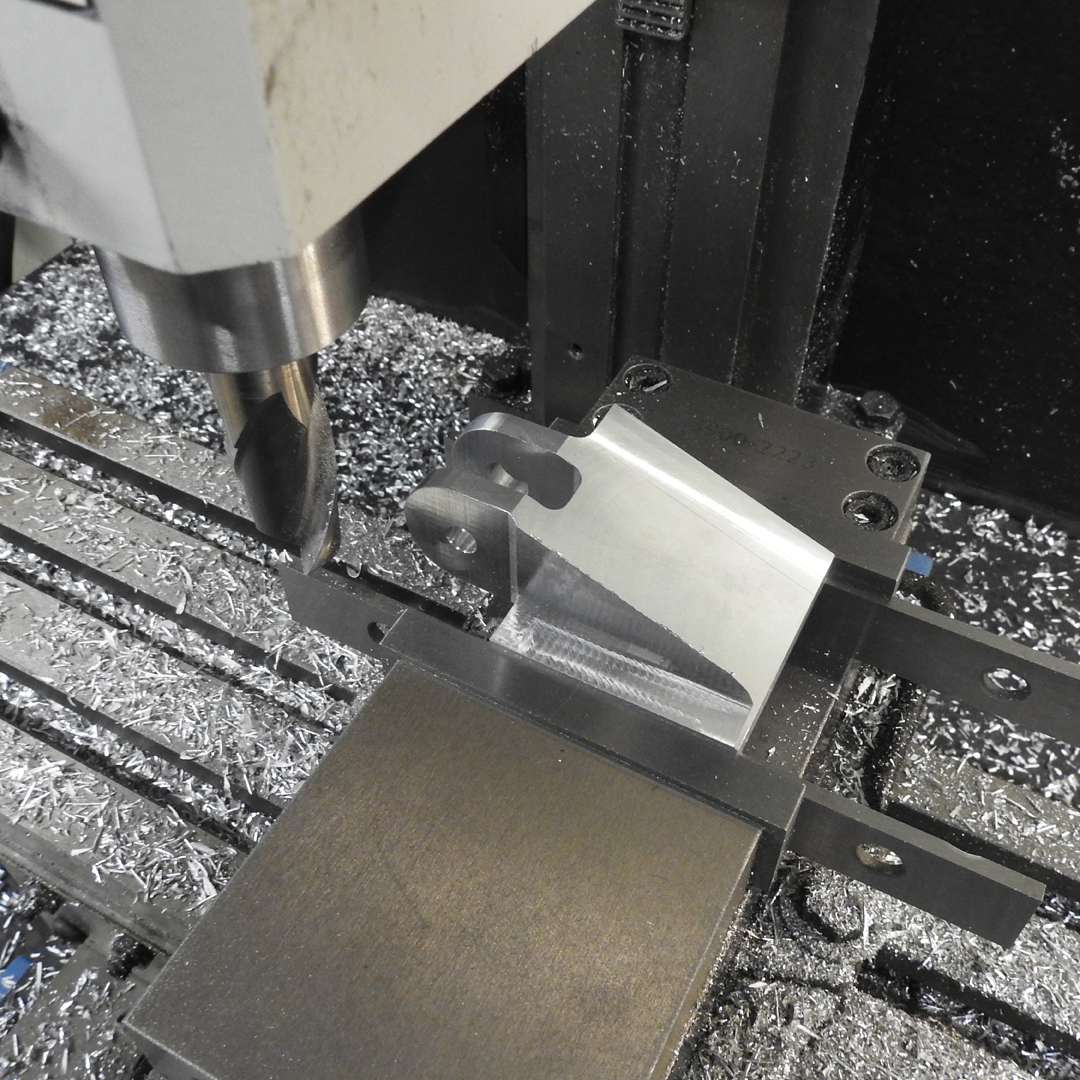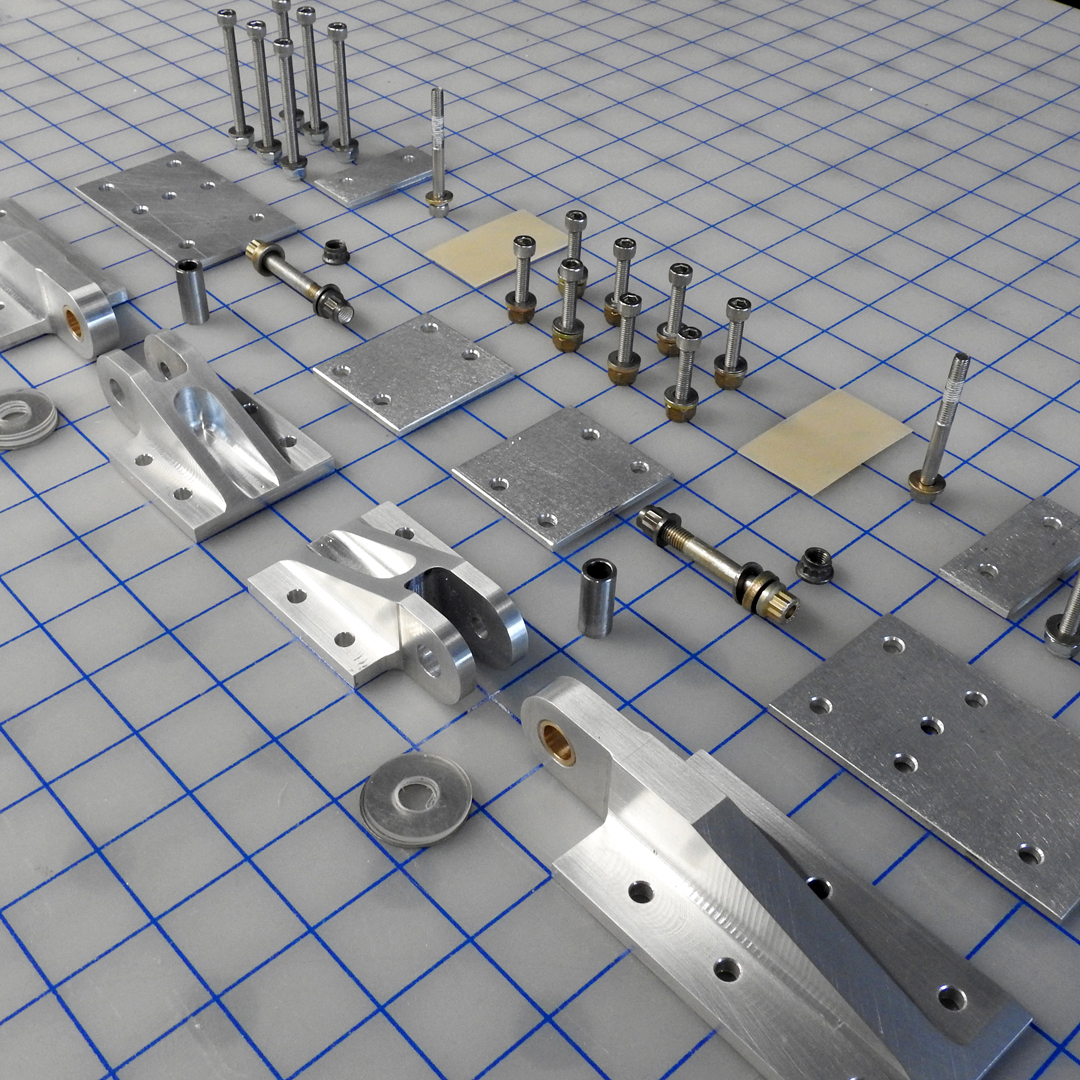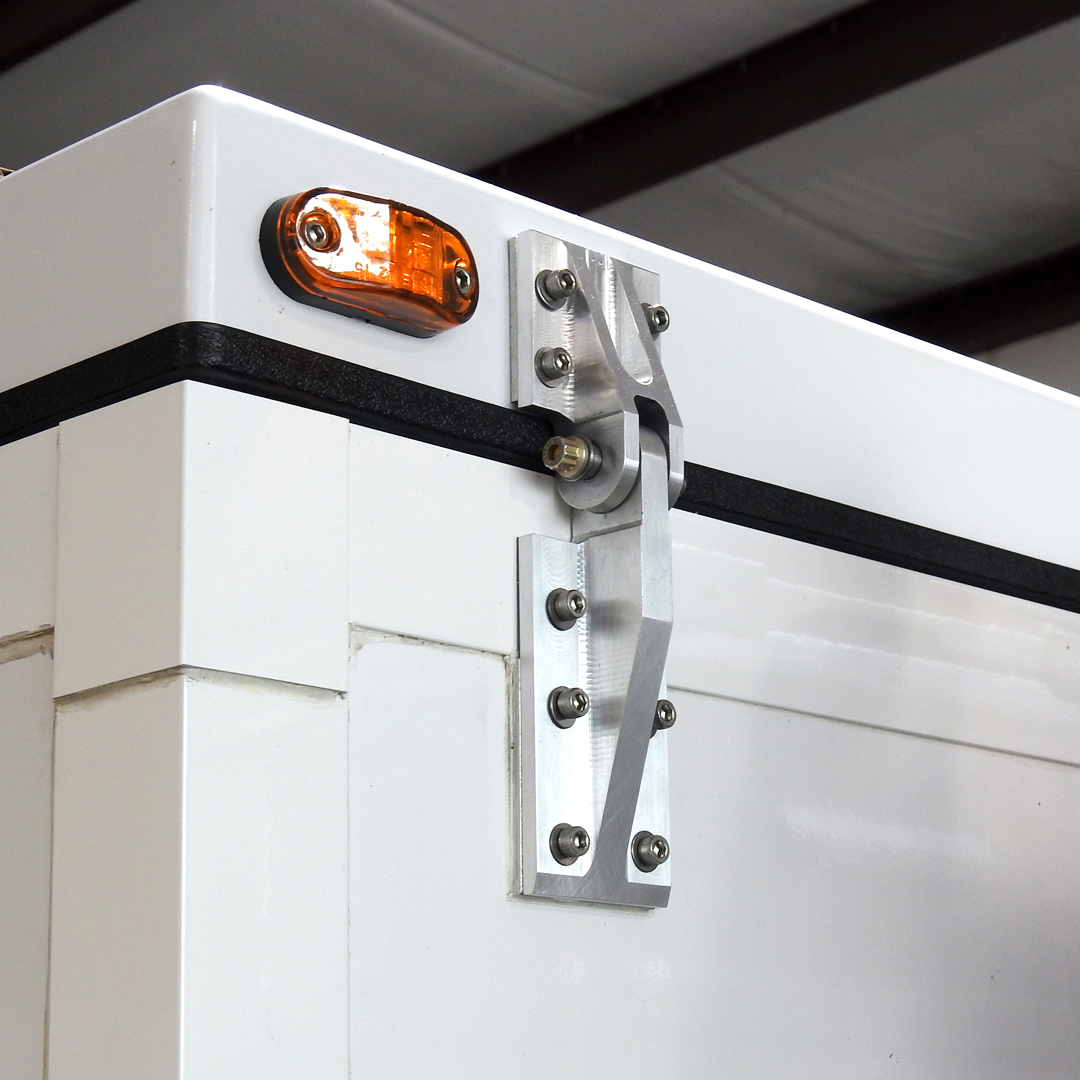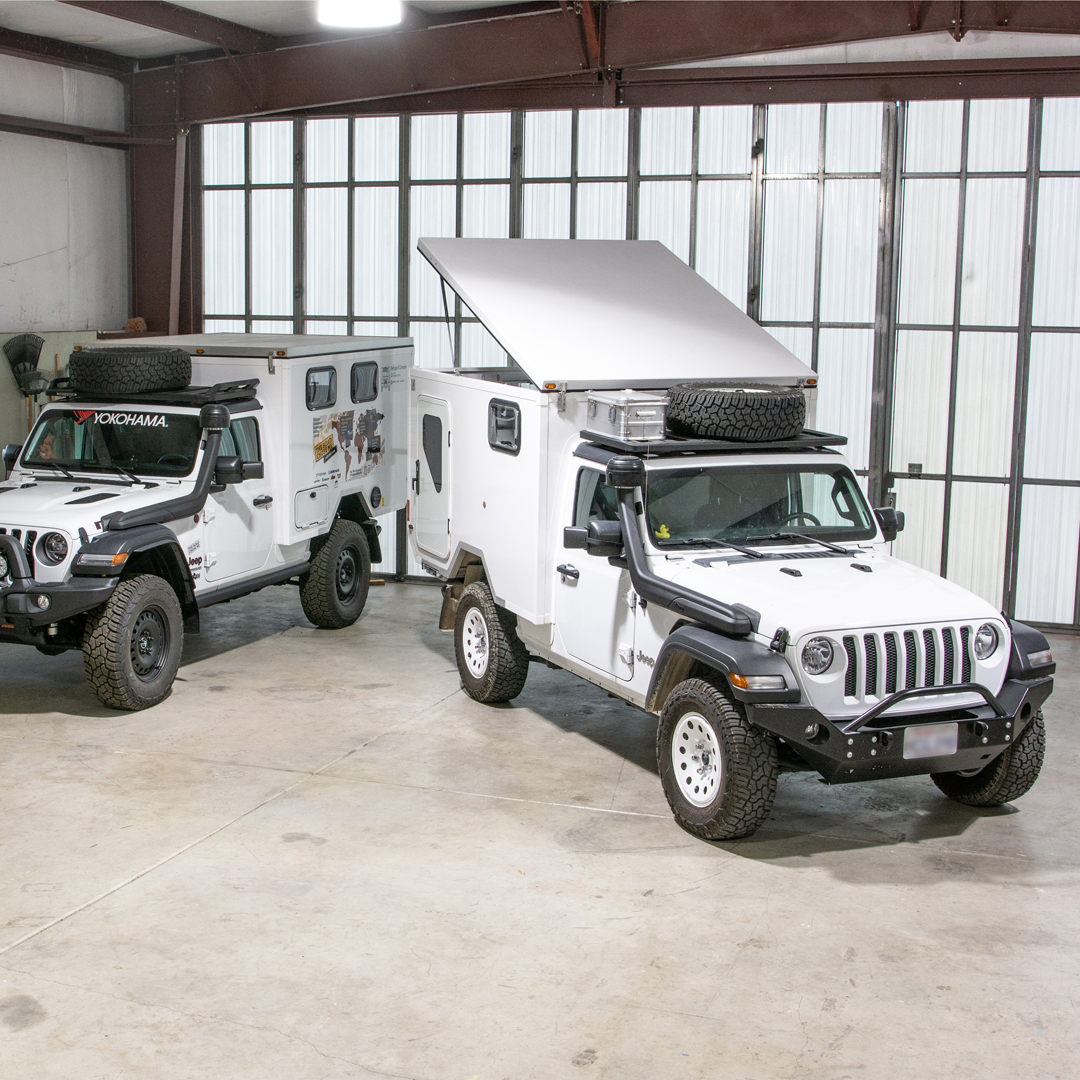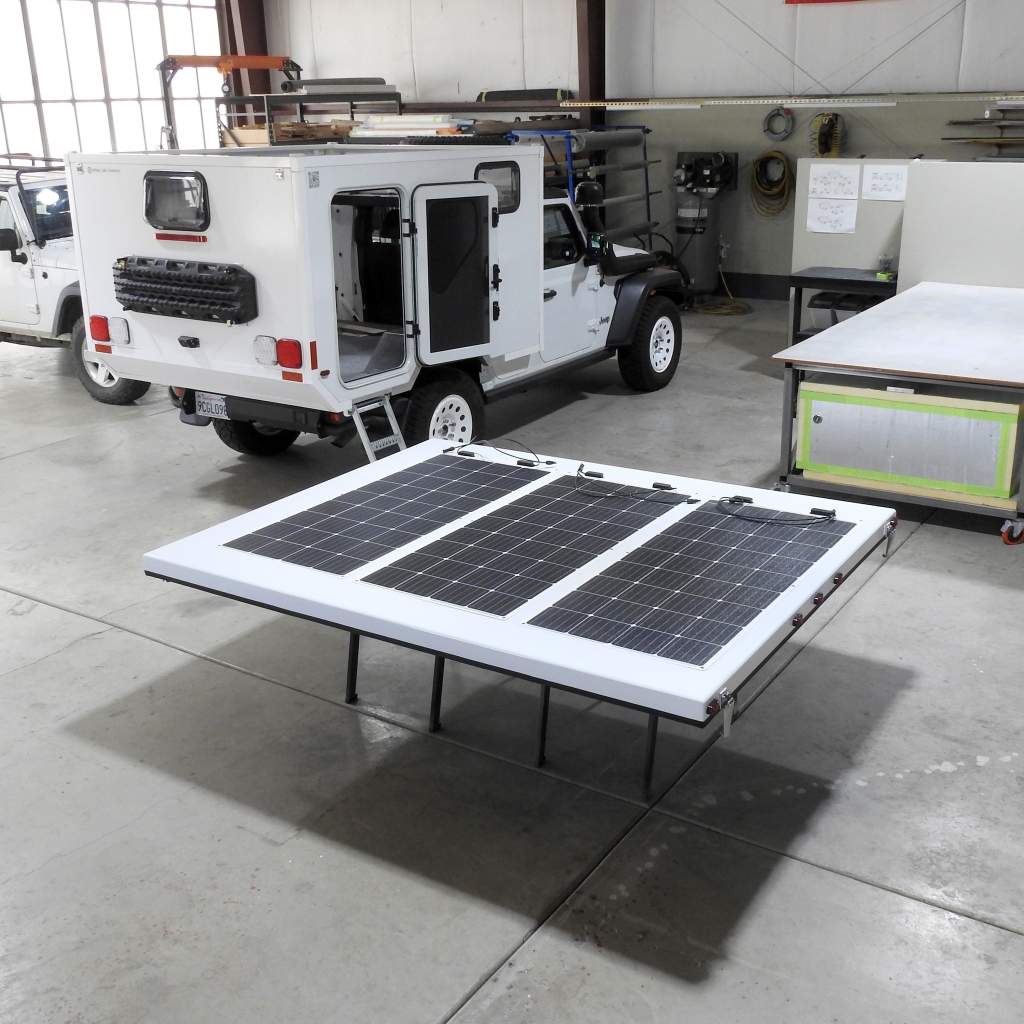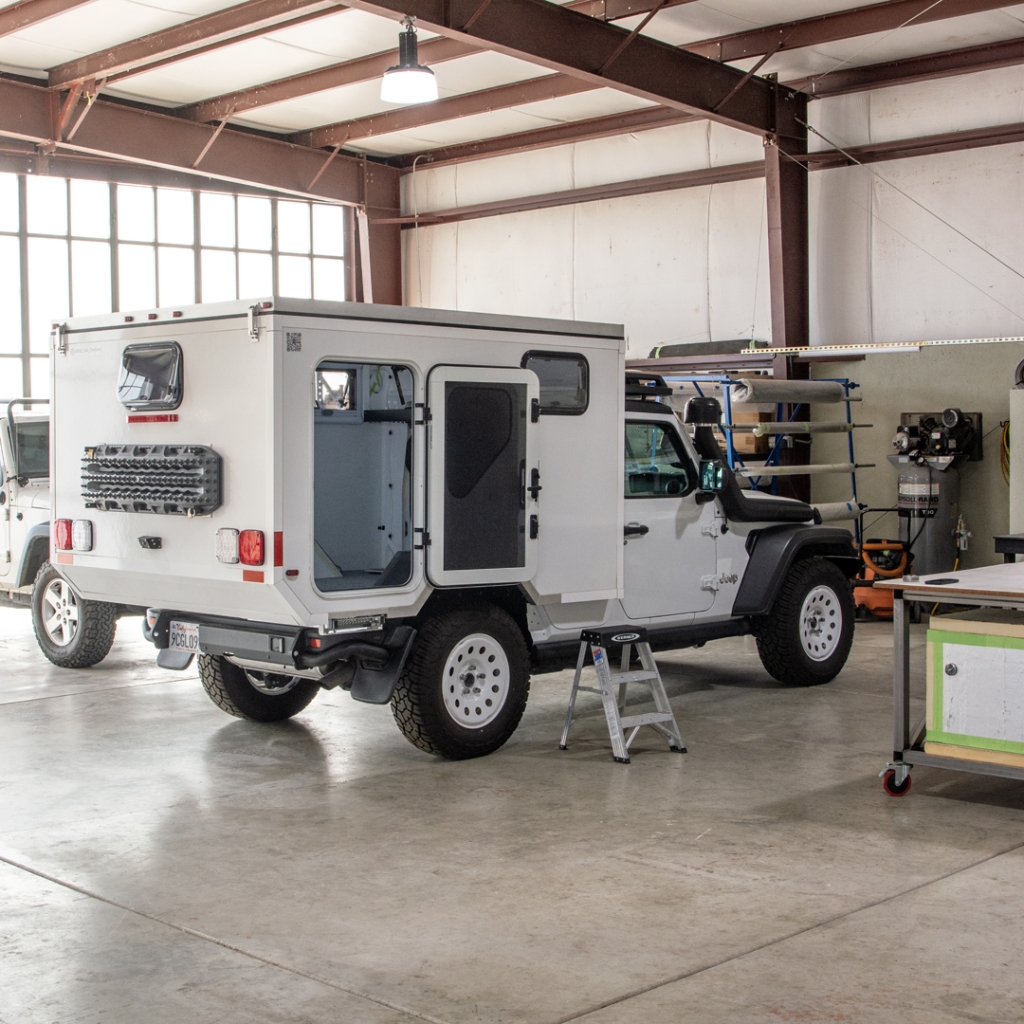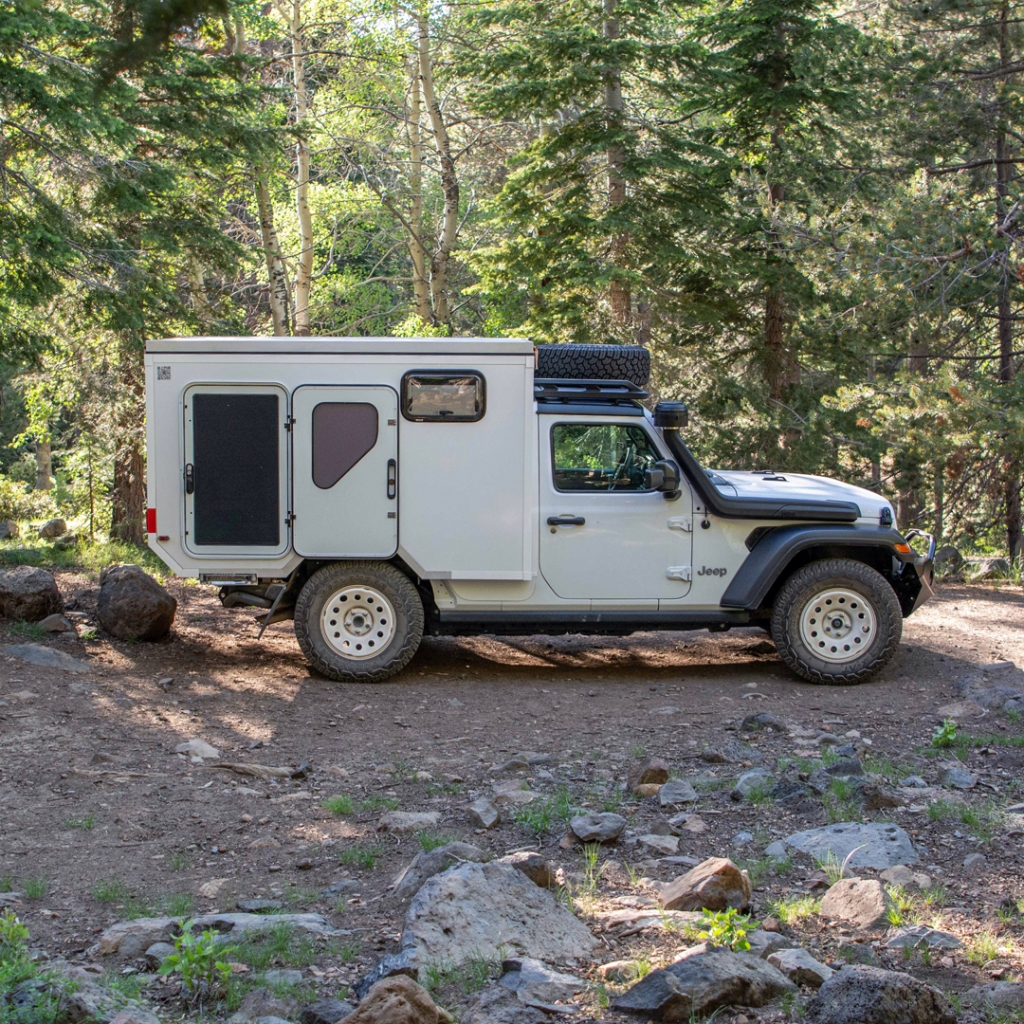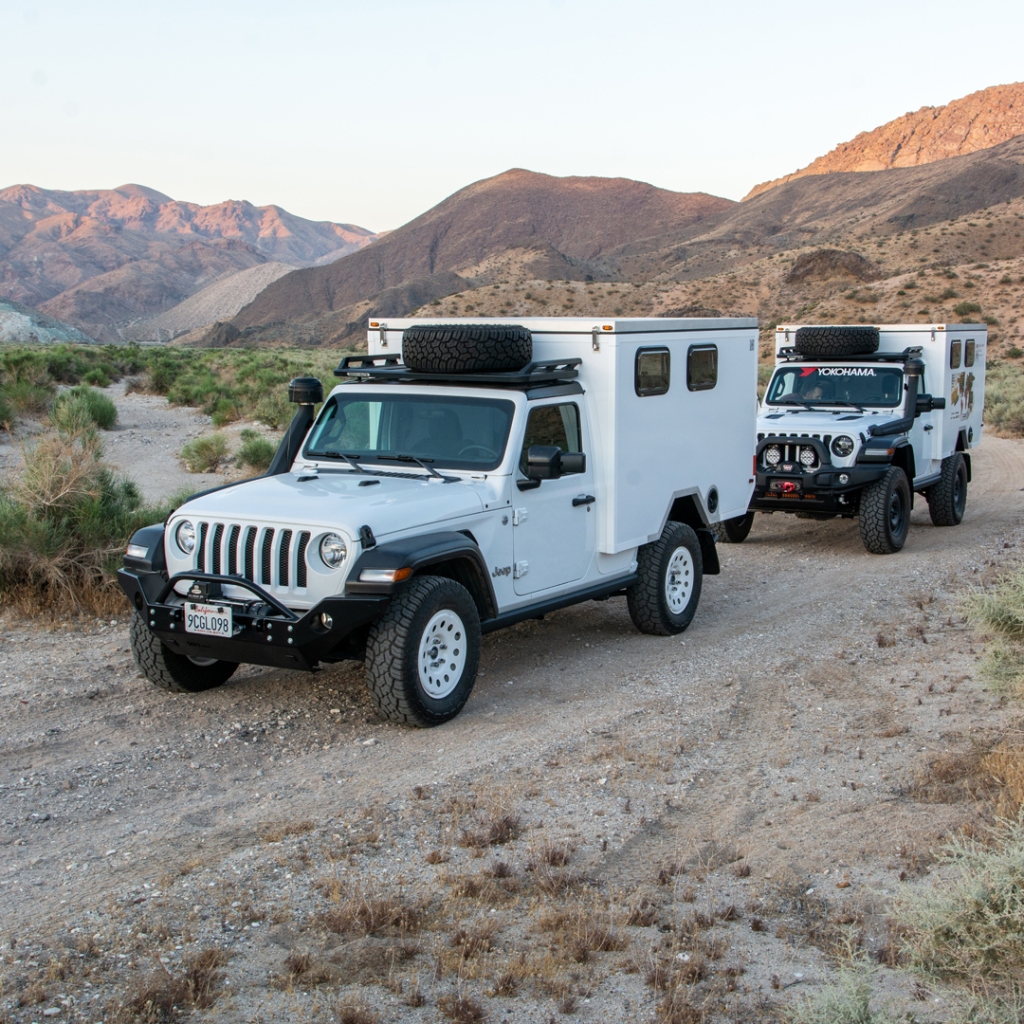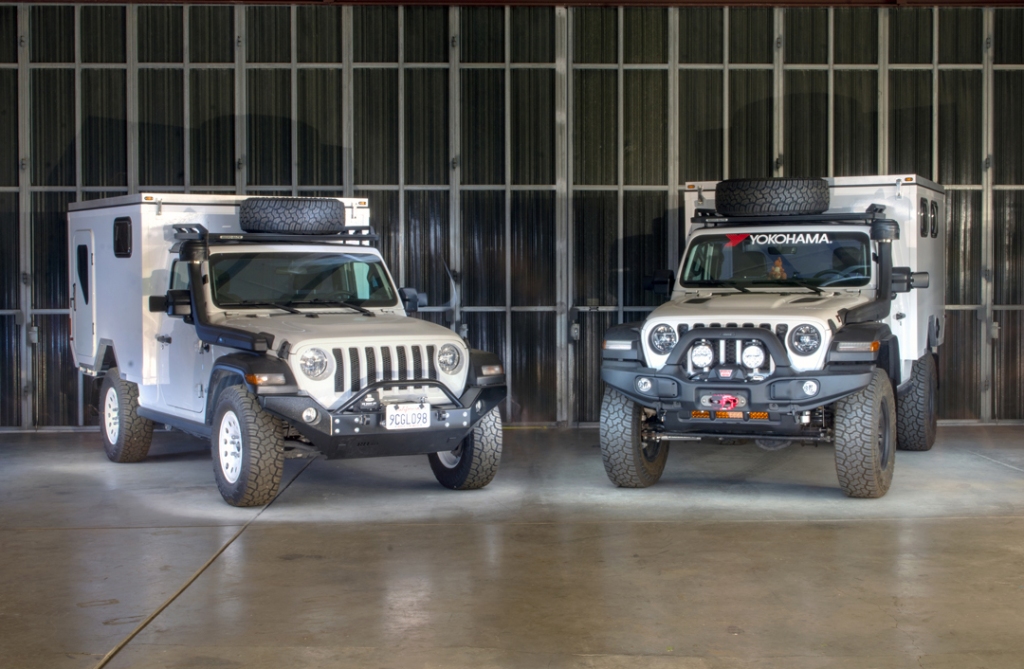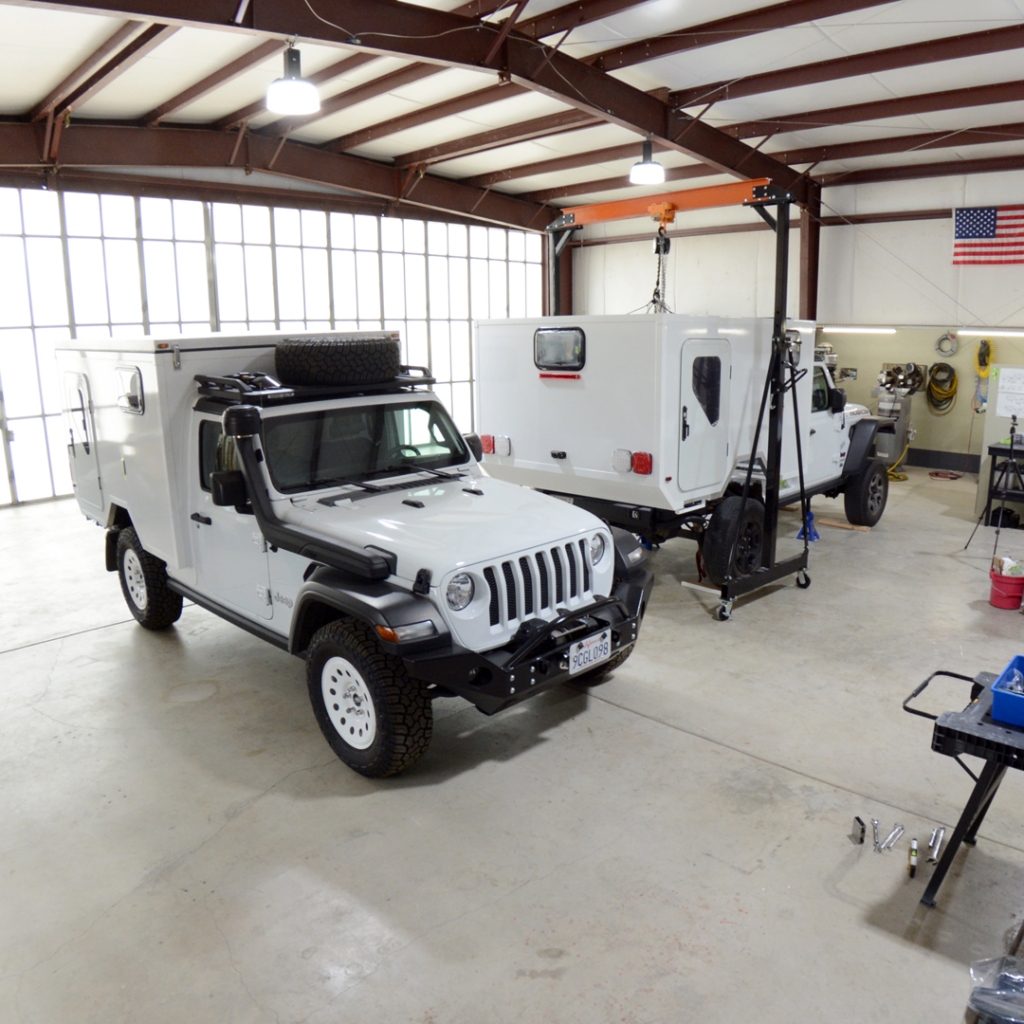
Among other things, I’m happy to report that I finished the pop-top cloth sewing and installation last week. Sewing the cloth was a good bit of work, but I learned a lot, and I’m happy with how it turned out. Having the cloth finished makes the interior feet a lot larger. There is 7’3” standing height in the back, and at 6’2” tall, I can stand as far forward as the middle of the habitat. With the top down, you can comfortably sit and the pop top cloth bunches up nicely with straps along the top of the wall and doesn’t get in the way of sitting.
The Sailrite sewing machine that I used was great, and I like the Top Notch 9 cloth that I selected. In the end, I decided to use 10mm molded zippers for the window closures and fine no-see-um mesh for the screens. I cut all of the cloth with a DIY hot knife (I made a blade tip for a normal soldering iron), so the cut edges of the cloth are fused and won’t unravel.
I attached the cloth to the aluminum angles that I previously installed on the camper and roof using marine grade hook and loop. I then added (with Yvonne’s help on the inside) small stainless steel bolts every ~10 inches as a secondary attachment.
With the weight of the finished roof assembly, the gas struts feel really nice and have a very solid feel when the roof is up, but the force to close the roof is reasonable.
The finished pop top cloth with hook and loop, zippers, and screens only weighs 4.7 lbs. Not too bad.


















